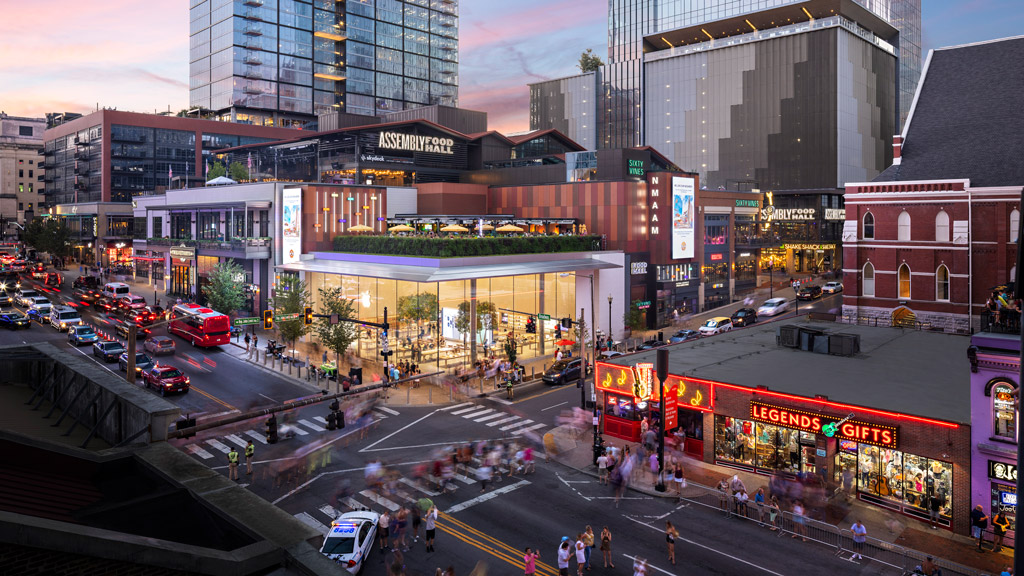Design Is an “Experience Multiplier” for the Built Environment
March 12, 2024 | By Andy Cohen and Diane Hoskins
Editor’s Note: The following excerpt is from Design for a Radically Changing World, by Gensler Global Co-Chairs Diane Hoskins and Andy Cohen.
People are craving phenomenal, visceral experiences in every part of their lives. Whether we’re designing a workplace that feels like a clubhouse, or a sports stadium that becomes the engine for a mixed-use entertainment district, design can serve as an “experience multiplier” for the built environment, elevating the ways in which people exist and move through the world.
Sports and entertainment projects are transforming from inward-looking, stand-alone, single-use facilities into multipurpose entertainment districts with 24/7 activation that appeal to users with diverse interests and needs. By creating an entire ecosystem of activity and engagement, good design invites the public to immerse themselves in the vibrancy of these developments.
Inside today’s sports arenas, from standing-only tickets with access to communal viewing decks to sponsor zones and boxes, a wider range of ticketing options is expanding access to people of varying means and improving the game-day experience. “Neighborhoods,” or zones designed for different activities — such as expanded retail, activity space, and food and beverage offerings — provide choices besides watching a game. VIP lounges, deluxe suites, and celebrity-chef concessions are part of the flavor of “being there,” as are fantasy-sports lounges and ample Wi-Fi access.

By connecting audiences before, during, and after events, these design approaches can also increase the return on investment for venue owners, encouraging broader use of both venues themselves and the surrounding commerce, entertainment, and culture districts in which stadiums are increasingly located.
For media inquiries, email .


